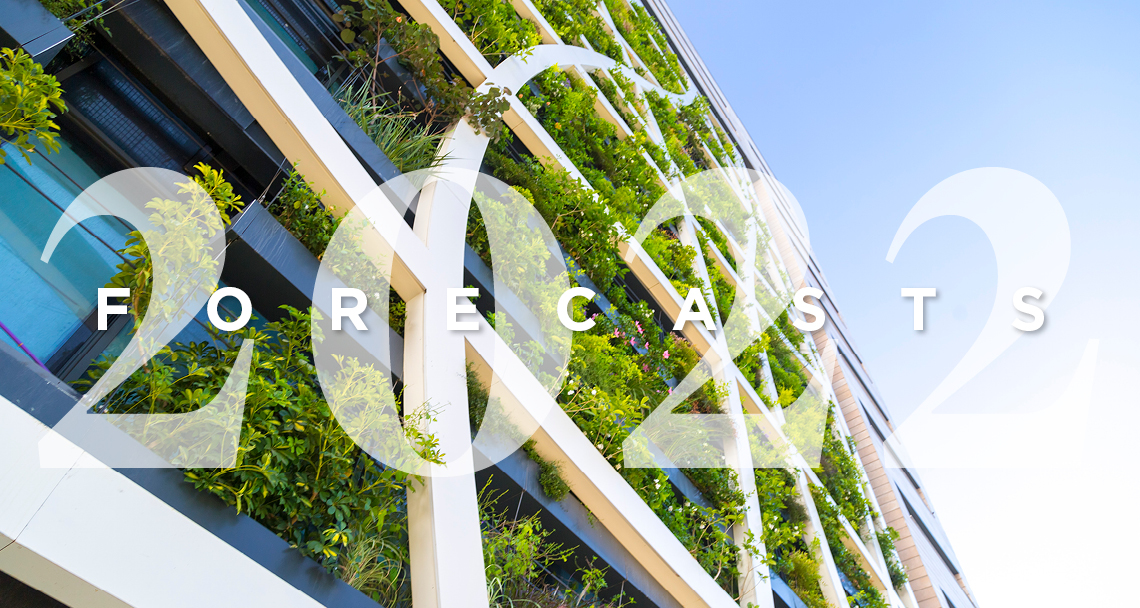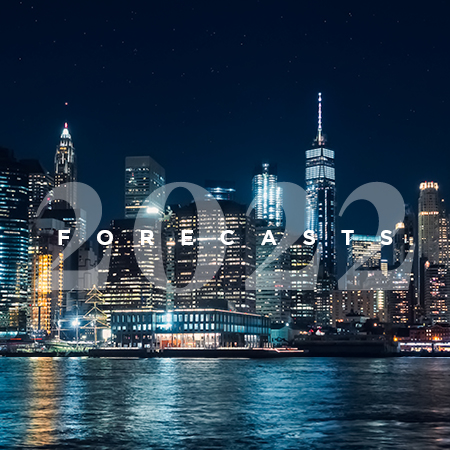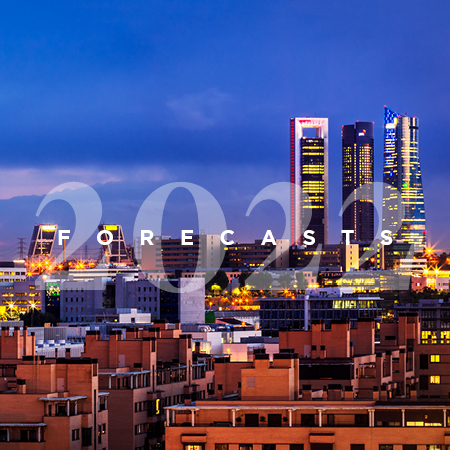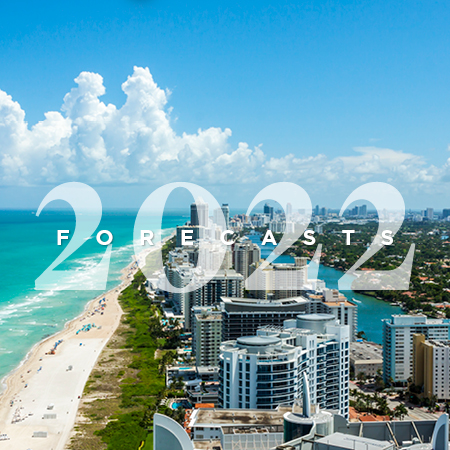Sector investment outlook for 2022
- 2022 will be a turning point for retail, with repricing of recent years making the sector more competitive, at a time when retailers have better adapted to new ways of shopping. In much of Asia and in emerging markets, retail remains very much a core opportunity.
- There is potential in logistics in places where onshoring brings supply chains closer to home. Niches such as last mile have further to run.
- In the liquid and established office sector, the flight to quality will continue. Competition will be focused on assets that meet emerging environmental standards, while there is potential to redevelop or repurpose those that do not.
- Residential’s rise will endure, a shortage of suitable stock driving forward funding strategies. There is potential in secondary cities as occupiers seek more affordable, liveable places.
- Ageing populations and an emphasis on health and wellbeing will support expansion in healthcare and senior housing, benefitting from long-term income potential.
- Data centres offer opportunity for portfolio diversification and there remains room for growth. Investors will be increasingly mindful of this sector’s substantial environmental footprint, however.
- Life sciences offers significant potential for those with the know-how, with halo benefits for surrounding uses in knowledge hubs.
Decarbonising the real estate sector is an urgent and pressing need, a challenge that COP26 brought to attention. Consequently, Environmental, Social and Governance (ESG) considerations will increasingly define the investor agenda in 2022, and this year’s COP27, held in Egypt, will only focus further on the issue.
More than ever before, cross-border investors in Europe are focussing on meeting ESG targets, with ‘social’, and ‘governance’ considerations driving investment decisions. This approach will only become more mainstream in 2022. In Europe, ESG is already actively shaping the assets and geographies in demand, a trend set to spread globally.
The looming challenge of bringing office stock up to new environmental standards is only one way we’ll see this play out. Driven by both investors and occupiers, there will be opportunity to redevelop, reconfigure and repurpose stock that doesn’t meet requirements.
The office sector is also grappling with changes to the way we live and work that were set in motion by the pandemic. Hybrid working is here to stay in some form, but its impact will vary across the world. Indeed, in much of Asia and the Middle East, the office is still very much the place both employees and employers want to be and where they can work most effectively.
The rise in remote working allowed workers to leave cities in search of more space, but the death of the city, that some had predicted, has proved to be unfounded. What the pandemic has achieved, however, is throwing light on the need for cities to evolve and improve their liveability.
This has direct implications for real estate. Cities need to encompass a wide mix of uses, moving away from single use districts. There remains much opportunity in residential, particularly bringing more to city centres, diversifying central business districts. In the acutely competitive logistics sector, emerging niches such as last mile, offer urban opportunities.
In the case of retail, bricks and mortar can go hand in hand with online. China, for example, has one of the highest online penetration rates in the world, but physical retail remains at the heart of the consumer experience. In the West, pricing of some assets now looks competitive and 2022 may see more opportunistic investment in the sector.
Investment volumes
Real estate investment has shown resilience in the face of the pandemic. Global real estate investment volumes bounced back in 2021. Attractive among investors seeking diversified income streams, funds targeting real estate reached new highs last year, with more than 1,250 funds targeting $365bn in capital between them, according to Preqin.
In the 12 months to November, total real estate investment volumes were up by 38% on the same period the previous year. While office investment remains below pre-pandemic levels, volumes in the highly sought-after industrial sector are up 54%. We expect to see the strong performance of industrial to continue in 2022.
The big story for global real estate investment last year was that residential (namely multifamily, but also encompassing student and senior housing) became the largest sector for investment globally, overtaking offices for the first time (see chart, below). Investors are attracted to its secure, income generating qualities, underlying demand and resilience against technological disintermediation. Strong demand is likely to continue in 2022, but a dearth of standing stock means that development will be the entry point for many.
One headwind is inflation, together with the prospect of rising interest rates. Indications suggest that much of the inflation we are seeing is linked specifically to the economic bounce back, and therefore may be temporary. Real estate in general is perceived as a good hedge against inflationary pressures, particularly in the case of assets with shorter lease terms or where rents are index linked. Read our 2022 macro outlook here.



